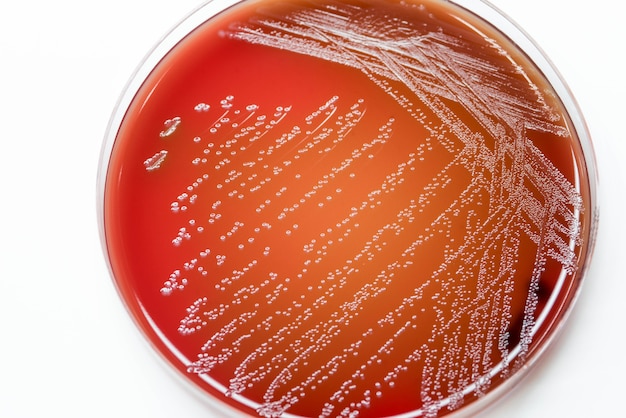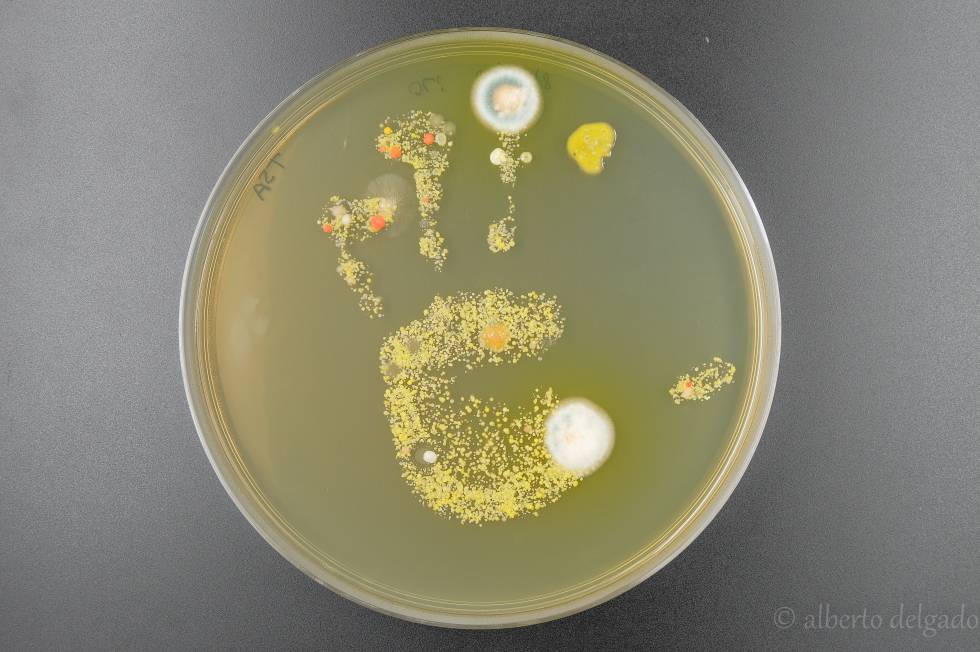
Introduction:
Knowing how a cell population expands is useful to design control methods for microbial growth, since many times in a laboratory, experiments are carried out in which it is necessary to observe and analyze only certain samples at various times during the growth of a culture of microorganisms. This section will discuss exponential population growth.
Development:
In a biological system, growth is defined as "the orderly increase of the structures and cellular constituents of an organism" (Benintende and Sanchez, S.F.). Growth can be considered as the increase in the mass of individual cells and the number of cells, that is, as an increase in the size of individuals or as an increase in population. This section will discuss population growth.
Exponential growth
For its part, exponential growth, which is our concern, says that "the per capita growth rate of a population is the same regardless of the size of the population" (Khan Academy, 2021), this, in theory , represents that the population increase will be faster and faster as it gets bigger. In nature, and especially in microbiology, this usually happens for a time, but is eventually limited either by environmental factors, resources, or by third parties.
Taking as an example a culture of Salmonella bacteria: at the beginning there are 1000 bacteria in a flask with a specific amount of nutrients, after 1 hour each bacterium is divided into 2 and we have a total of 2000 cells, at 2 hours we find 4000 and after 3 hours there is a doubling of individuals, leaving us with a population of 8000 microorganisms. This shows that as the population grows, the growth rate also rises.
The relationship that
exists between the number of cells and the generations of a culture growing
exponentially, can be deduced mathematically. The
general growth model is:
y = C (1 + r) ^ t
Where C is the
initial quantity or number of bacteria, r is the growth rate and t
is the elapsed time.
Expressed in another
way there is the function:
dx/dt = μx
Where x is the cell concentration, µ is the specific growth rate and t is the growth time.
For Salmonella, if the culture conditions are optimal, it will follow the same function and it will be possible to calculate the increase in its population with respect to the time, although these microorganisms are “resistant and easily adapt to the extreme conditions of the environment” (D 'Aoust, 2000), which could mean a longer increase.
Growth curve
In most cases of microbial populations, we have an exponential growth that stabilizes when reaching a certain point. We can explain this with the growth curve, which has 4 phases:
1. Lag or latency phase: It is the first phase
in which an apparent period of rest occurs, “it represents a transition period
for microorganisms when they are transferred to a new condition” (S.A.,
REPRODUCCIÓN Y GROWTH MICROBIAN, 2008); bacteria produce enzymes necessary for
their metabolic activity and their subsequent individual increase in protein
content, DNA, size and dry weight. On a graph this appears as a line very close
to 0 with respect to the y-axis.
2. Exponential or logarithmic phase: During this period of
the curve, growth is visible since "every time a generation time passes,
the population doubles" (SA, "Bacterial Growth and the Effect of
Antibiotics," 2019), under appropriate conditions It occurs at a maximum speed,
which also depends on the type of microorganism. In this phase, the graph shows
a rapid and enormous ascent.
3. Stationary phase: The growth rate will
begin to decrease until it stops completely, because the culture or the
environment begins to change in composition, nutrient concentration,
accumulation of toxic products or oxygen depletion. These processes cause the
enzymatic and metabolic activity of microorganisms to vary and decrease. On the
graph, when growth peaks, a nearly straight-line form again.
4. Death phase: Finally, the culture
enters the phase in which the number of bacteria decreases due to the death and
massive lysis of the population. This is due to “the depletion of energy
reserves and the impossibility of carrying out the basic reactions for the maintenance
of the cell” (Brock and Madigan, 1993).

Conclusion:
Salmonella can be analyzed from
a mathematical point of view, which offers us a perspective on the behavior of
the bacteria as a population. Tools such as the exponential growth function and
the growth curve are of great importance when studying the cause of
"Salmonellosis" to study the bacterium and its spread among society,
in order to prevent infection.



No hay comentarios.:
Publicar un comentario